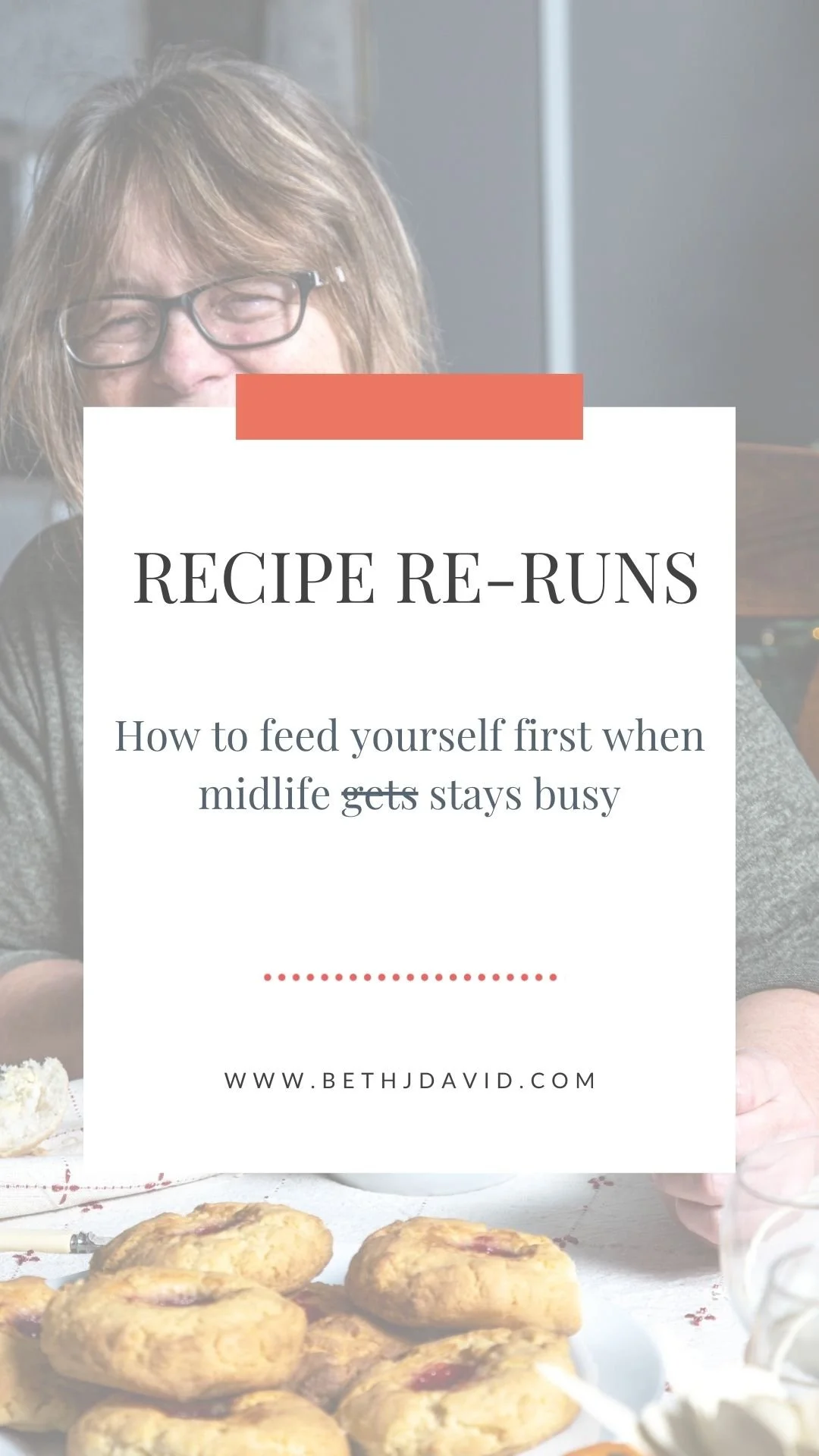How much water do you really need? Truths and myths about staying hydrated in midlife
Our bodies are about 80% water and we literally can’t live without it.
So how much should we drink every day? Are some types of water better than others? And why is hydration even more important for our wellbeing in midlife?
Why water matters
Water helps to regulate our body temperature, lubricates our joints, protects our organs, delivers nutrients to our cells and removes waste from our bodies.
Not getting enough water can contribute to fatigue and brain fog. It can negatively impact our mood and sleep quality. (If drinking too much water at night leads to frequent bathroom trips, that can cause sleep issues too!)
Dehydration can also lead to muscle cramps, headaches, skin problems and low blood pressure.
Water is a familiar and readily available beverage for most of us, yet there are so many questions around choosing the best type of water to drink, knowing if you’re getting enough, and most importantly, HOW MUCH WATER do you actually need?
Paying attention to our hydration becomes even more important through menopause and beyond.
As we age, our brain doesn’t give our bodies the signal that we’re thirsty and need to drink as reliably as it did when we were younger, which can lead to an increased risk of dehydration.
The ability to regulate body temperature decreases as we age, so we need to support this with extra hydration.
Focusing on staying hydrated leads to better cognition and helps to keep our joints supple and lubricated.
If you’re working hard to maintain your strength and mobility as you age (which I truly hope you are), it’s important to know that our bodies don’t adjust our sweat loss rate the way it did when we were younger, further increasing the importance of hydration to help maintain body temperature.
The actual VOLUME of water in our bodies (remember we start at around 80%) also decreases as we age, essentially making our reserves lower, which can put us at an increased risk of becoming dehydrated.
COMMON MYTHS ABOUT WATER & HYDRATION
Myth - You need to drink 8 glasses of water daily to stay hydrated
Let’s deal with one of the most common questions first. Everyone’s needs are different, and differ daily, so 8 glasses may or may not be a requirement for you. The best way to gauge your water intake is by the colour of your urine and the frequency of your trips to the bathroom. If urine is light-yellow or straw coloured and you’re visiting the loo every couple of hours, you’re most likely drinking enough water.Myth - Sport drinks are a good/necessary for everyone
Sport/electrolyte drinks usually aren’t needed unless there’s a specific reason to take them, i.e. you’re rehydrating after an illness, you’re exercising vigorously for >1hr or you sweat excessively during workouts.Myth - Coffee is dehydrating
Good news - coffee counts towards your fluid intake! It was once thought that since coffee is diuretic, it can lead to dehydration. More recent research has shown that the water in your coffee offsets the diuretic impact, so it still counts as part of your intake. Go ahead and enjoy your cup of jo (or tea)!Myth - If you’re not thirsty, you’re probably not dehydrated
Relying on feeling thirsty is not the most reliable indicator of how hydrated you are, especially as we age. Our perception of thirst declines as we get older and also decreases with vigorous exercise. It’s best to stay hydrated by drinking small amounts regularly throughout the day.
EASY TIPS FOR STAYING HYDRATED
Getting and staying hydrated throughout the day is much simpler than you think
Eat your water. Many fruits and vegetables are some of the most hydrating foods, and are a delicious and nutrient dense way to keep your water intake up.
SEE CHART BELOW FOR EXAMPLES OF HYDRATING FOODSDrink first. Start your day with some water before anything else. You’ve been fasting all night and are likely a bit dehydrated when you wake.
Keep your water close at hand. There is no shortage of containers to choose from. Find one that works for you (easy to fill, holds a good amount of water, fits in your car’s beverage holder)
Add some flavour. Keep it interesting by adding fruit slices, watermelon, cucumber, mint or basil. The list of add-ins is endless. Experiment with what’s in season and enjoy what you have on hand.
Also keep in mind that all beverages (except alcohol) are hydrating. Your water can be flat or sparkling, fortified or flavoured, from a spring, a glacier or from the tap. What’s “best” is dependent on what’s available to you and what you enjoy.
Be mindful of high sugar drinks, including pure fruit juices, when choosing beverages.
Looking for more culinary tips and delicious recipes to help you navigate midlife without diets or restrictions? Join my newsletter here!
If you’re tired of worrying that you’re not doing food “right” and are hungry for a simpler approach to your plate, let’s connect for a free 30 minute chat and figure out what’s best for you.








